Updated June 13, 2014
The Linux Foundation owns the “Xen Project” trademark. Citrix still owns the “Xen” trademark and uses it for many variations of their products.
The following are basic rules that are important in protecting trademarks and service marks. These rules should be followed in all news releases, web site, presentation and marketing collateral.
Use Marks As Adjectives – Not As Nouns
Trademarks are adjectives that modify a generic noun. If you remove the mark and the sentence still works, it is probably being used correctly. Using a mark as an adjective is simple — simply have the common descriptive name (noun) of the product or service follow the mark. This should be done throughout all material, not just on first reference.
Example of correct trademark usage: Buy TIDE detergent for whiter clothes.
Example of incorrect trademark usage: Buy TIDE for whiter clothes.
Correct: Download the Xen Project hypervisor.
Incorrect: Download the Xen hypervisor.
Correct: We use Xen Project software.
Incorrect: The Xen Project produces software. (“Xen Project” is being used as a noun).
Using a mark as an adjective is important because you do not want your mark to become the generic name for the product, like aspirin, escalator, thermos, and countless others.
Do Not Use Marks In The Possessive
Because trademarks are not nouns, they should not be used in the possessive.
Correct: The Xen Project leaders…
Incorrect: Xen Project’s leaders
Correct Project and Sub-Project Names
Correct References to Products and Versions:
Xen Project Hypervisor 4.4
Xen Project Mirage OS 1.0
Xen Project XAPI Toolstack 2.0
Recommended short-cuts, where the context allows are:
Hypervisor 4.4
Mirage OS 1.0
XAPI Toolstack 2.0
XAPI Project 2.0
Correct references to the ecosystem:
Xen Project community
Xen Project ecosystem
Xen Project Collaborative Project
Correct references to governance:
Xen Project Advisory Board
Xen Project Technical Coordination Team
Xen Project Governance
Correct references to teams in the project:
Xen Project sub-projects
Xen Project team<
Xen Project contributors
Xen Project developers
Xen Project users
Correct references to the technology:
Xen Project Virtualization
Xen Project Hypervisor
Xen Project ARM Hypervisor
Xen Project (Virtualization) Technology
Xen Project (Virtualization) Platform
Xen Project PV drivers
Xen Project software
Incorrect Usage examples:
Xen 4.4
Xen on ARM
Xen Mirage OS
Xen sub-projects
Xen hypervisor
Recommended short-cuts, where the context allows are:
Hypervisor
ARM Hypervisor
Suggested Usage
Using the new style guide rules, we revised sample web site copy for a trial run with the new wording. We’ve also developed a new introduction for news releases.
Suggested News Release Intro:
The Xen Project Collaborative Project hosted at the Linux Foundation today announced…
Suggested Web Site Copy:
Xen Project Virtualization Technology Powers the Largest Clouds in Production
The Xen Project Hypervisor is the leading open source virtualization platform powering some of the largest clouds in production today. Amazon Web Services, Rackspace Public Cloud and Verizon Cloud and many hosting services use Xen Project software.
Through years of development and deployment in the most demanding enterprise environments, Xen Project Software maturity and stability is second to none. It is the basis for many commercial server virtualization, desktop and embedded products as well as hardware appliances.
Xen Project Software is the Foundation for Many Products and Platforms: Developed 11 years ago, the Xen Project software’s maturity and stability is second to none. Xen Project Software is the basis for many commercial server virtualization, desktop and embedded products as well as hardware appliances. Netscaler and GlobalLogic’s Nautilus Platform. The Xen Project Hypervisor is also delivered as part of most Linux distributions as well as NetBSD.

